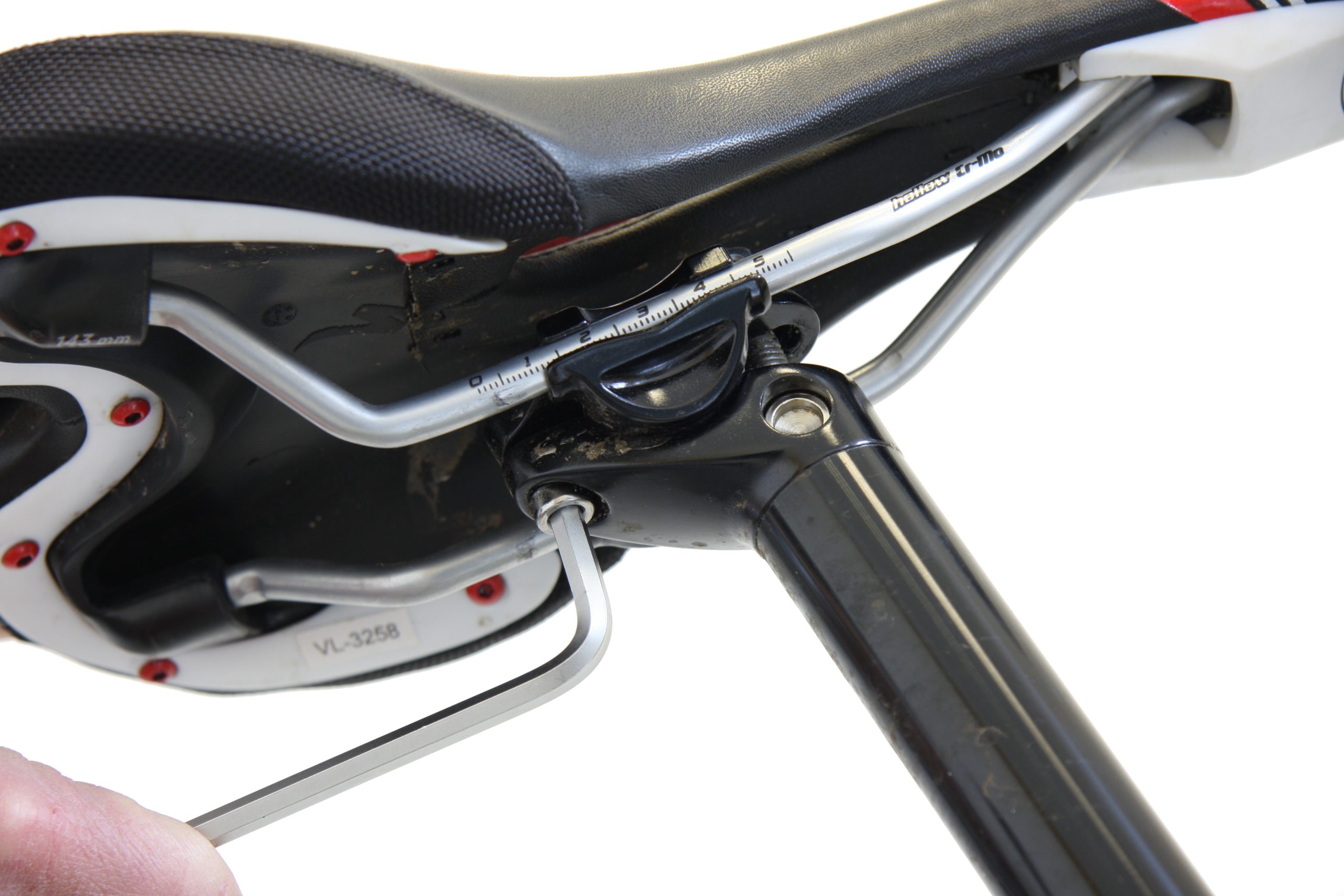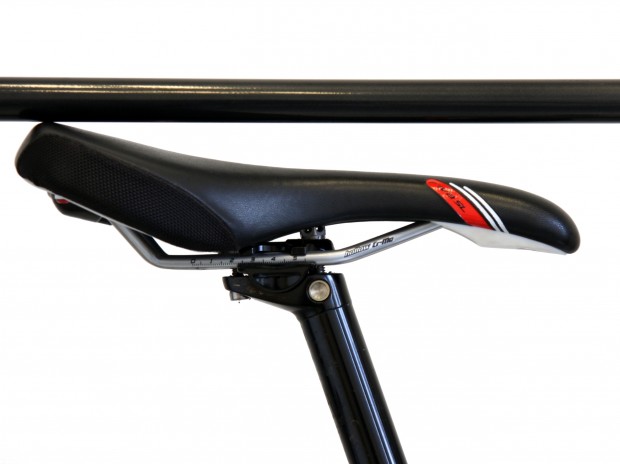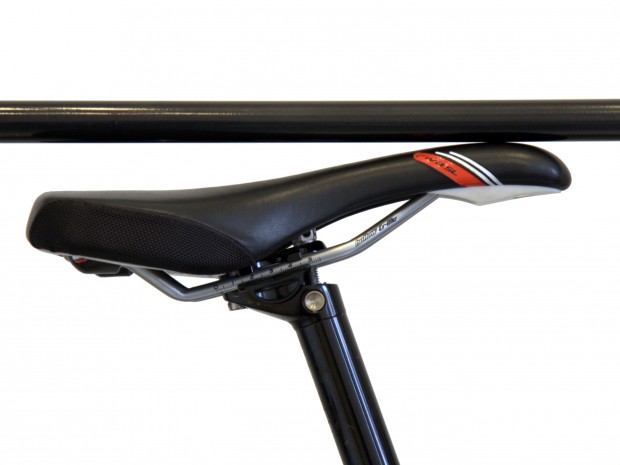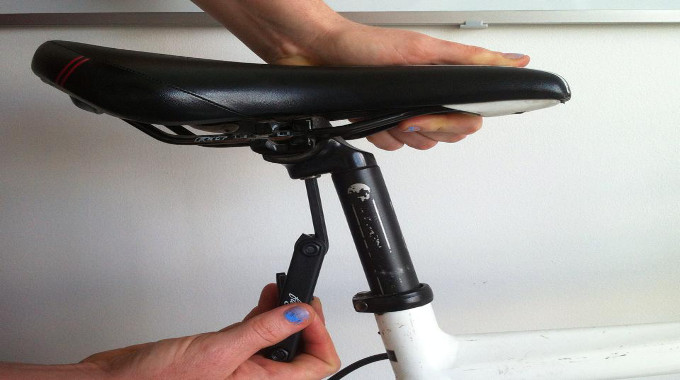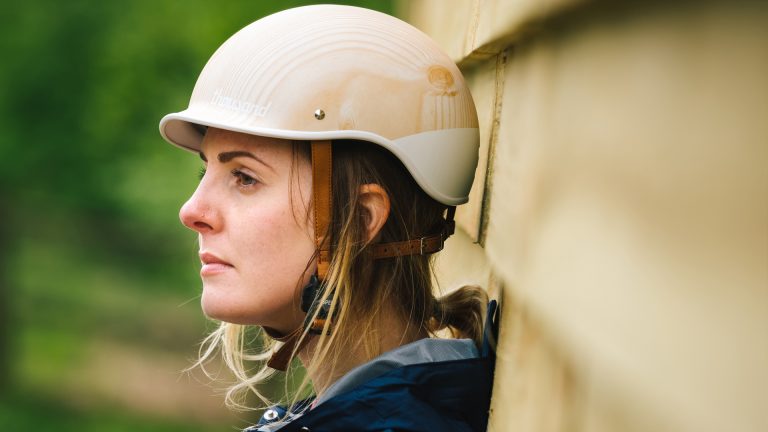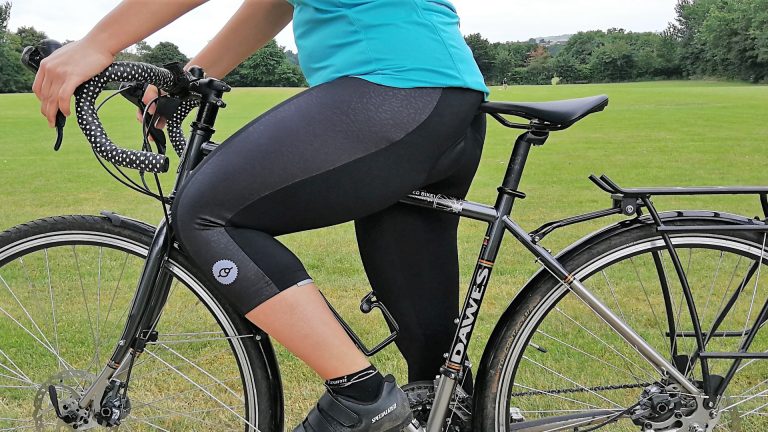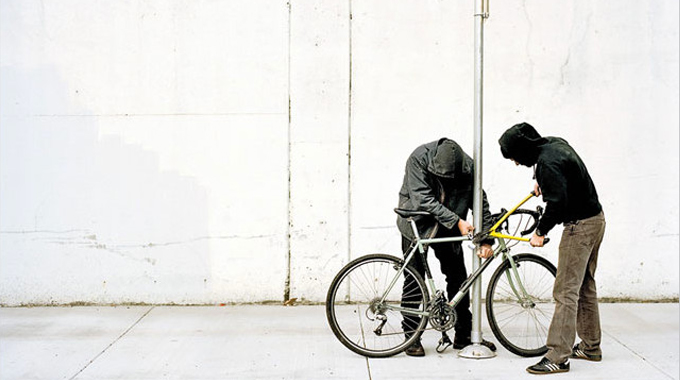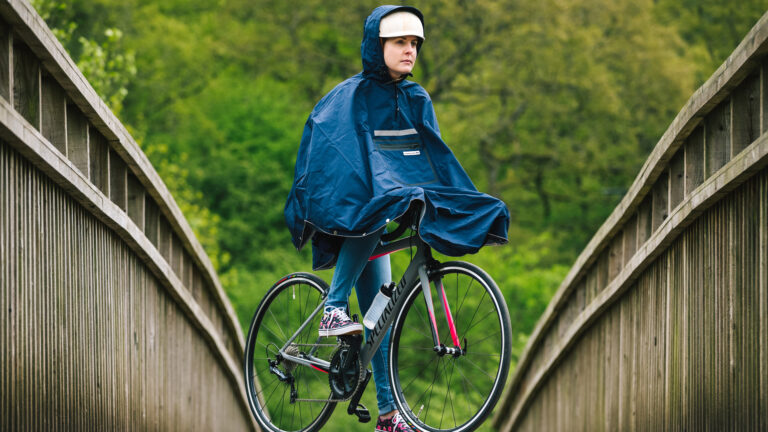Saddle discomfort is a common problem among female cyclists, and it can be incredibly off-putting. Finding the perfect saddle takes a little research and some trial and error – but the saddle angle can be just as important.
You could have the dream saddle, but if it’s pointing up or downwards, you might experience problems. Issues caused by an overzealous saddle tilt can range from soft tissue discomfort, to wrist, knee and lower back pain.
Sitting Wonky? The Relationship Between Saddle Discomfort and Lower Back Pain
How to: Fix Neck, Hand and Back Pain for Cyclists
Unless your saddle is at an extreme angle – making it almost impossible for you to ride without slipping and sliding either forward or back – you may not realise that your saddle angle is out either.
Before we go on, it’s important to remember that many ‘niggles’ could have multiple causes – we’ve discussed the most common issues here. If you’re suffering from a reoccurring pain or injury that’s stopping you from riding, we would recommend you book in for a bike fit to get the the bottom of the issue. This said, saddle angle is a common cause of discomfort that can be easily fixed, so here’s a look at what could be wrong…

